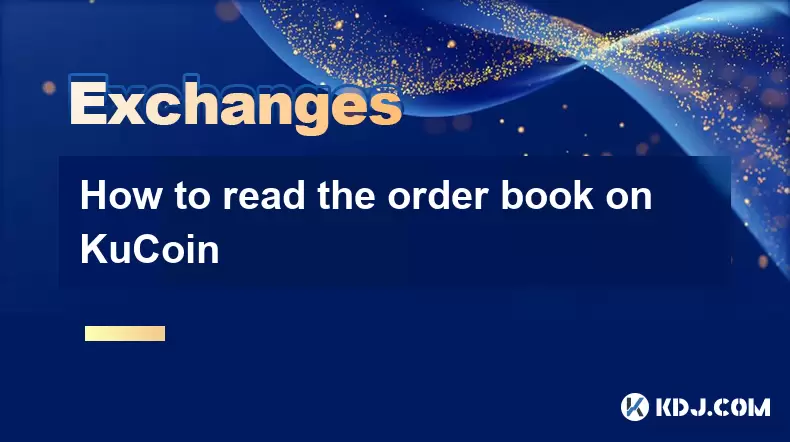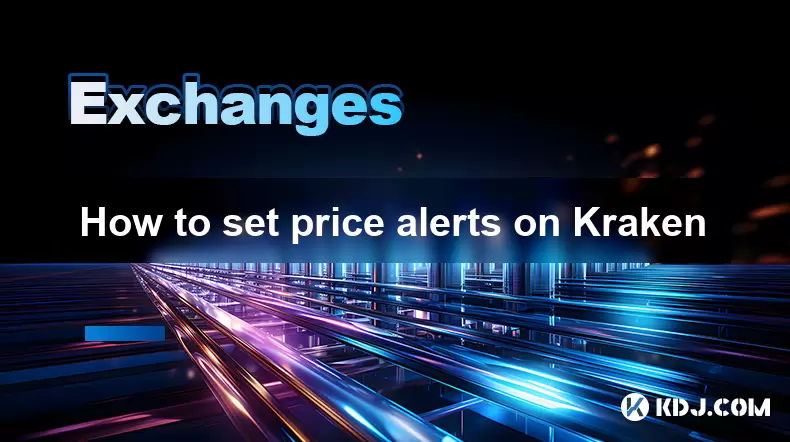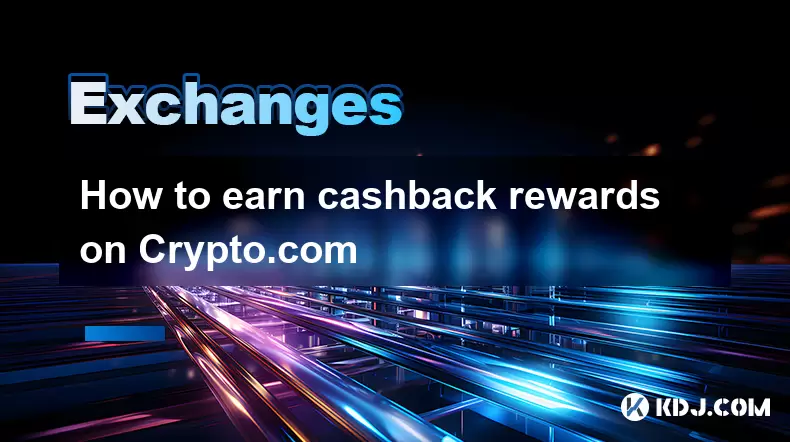-
 Bitcoin
Bitcoin $119000
-2.27% -
 Ethereum
Ethereum $4642
-2.43% -
 XRP
XRP $3.115
-4.19% -
 Tether USDt
Tether USDt $1.001
0.10% -
 BNB
BNB $850.0
-0.95% -
 Solana
Solana $197.3
-4.28% -
 USDC
USDC $0.0000
0.04% -
 Dogecoin
Dogecoin $0.2306
-6.16% -
 TRON
TRON $0.3582
-2.27% -
 Cardano
Cardano $0.9500
-4.89% -
 Hyperliquid
Hyperliquid $48.30
2.90% -
 Chainlink
Chainlink $22.67
-3.93% -
 Sui
Sui $3.852
-4.04% -
 Stellar
Stellar $0.4297
-5.22% -
 Bitcoin Cash
Bitcoin Cash $599.5
-1.55% -
 Ethena USDe
Ethena USDe $1.001
0.05% -
 Hedera
Hedera $0.2554
-5.13% -
 Avalanche
Avalanche $25.19
-0.28% -
 Litecoin
Litecoin $121.8
-6.44% -
 UNUS SED LEO
UNUS SED LEO $9.579
3.40% -
 Toncoin
Toncoin $3.445
-4.22% -
 Shiba Inu
Shiba Inu $0.00001307
-5.28% -
 Uniswap
Uniswap $11.05
-5.13% -
 Polkadot
Polkadot $4.041
-5.05% -
 Dai
Dai $0.0000
0.01% -
 Bitget Token
Bitget Token $4.666
-2.50% -
 Cronos
Cronos $0.1577
-5.09% -
 Ethena
Ethena $0.7392
1.46% -
 Aave
Aave $312.8
-5.12% -
 Pepe
Pepe $0.00001118
-7.76%
What is the withdrawal fee of OKX?
OKX withdrawal fees are dynamic, combining OKX's fee with fluctuating network fees; a built-in calculator estimates the total, but accuracy depends on network conditions, so strategic timing and network selection are crucial for minimizing costs.
Mar 13, 2025 at 08:26 pm

What is the withdrawal fee of OKX? A Deep Dive into OKX Withdrawal Fees and Associated Costs
Key Points:
- OKX withdrawal fees are dynamic, varying based on the cryptocurrency being withdrawn, the network used for the transaction, and sometimes even the current network congestion. There's no single, fixed fee.
- Understanding the different network fees (gas fees for Ethereum, transaction fees for Bitcoin, etc.) is crucial, as these are separate from and often significantly larger than OKX's own withdrawal fees.
- OKX provides a fee calculator (though its accuracy can depend on network conditions) within its platform, allowing users to preview the total cost before initiating a withdrawal.
- Minimizing withdrawal fees involves strategic choices about the withdrawal network, timing of transactions (avoiding peak network activity), and selecting the appropriate withdrawal amount.
- Hidden costs associated with minimum withdrawal amounts and potential delays can also impact the overall cost of withdrawing from OKX.
Understanding OKX Withdrawal Fees: A Detailed Exploration
- The Dynamic Nature of OKX Withdrawal Fees: Unlike some exchanges that advertise a flat withdrawal fee, OKX employs a more dynamic system. This means the fee you pay isn't fixed; it fluctuates based on several factors. Firstly, the specific cryptocurrency you're withdrawing plays a significant role. Bitcoin withdrawals, for example, will have a different fee structure compared to Ethereum, Litecoin, or any other altcoin. The underlying blockchain network's transaction fees significantly influence this. Bitcoin's transaction fees, determined by the network's congestion and miners' fees, can vary dramatically. A period of high network activity might see significantly higher fees compared to periods of low activity. Similarly, Ethereum's gas fees, which are essential for processing transactions on the Ethereum blockchain, are notoriously volatile and can spike unexpectedly, impacting the overall withdrawal cost. Even within the same cryptocurrency, the chosen network can alter the fee. For instance, withdrawing Bitcoin via the Lightning Network will typically have lower fees than using the standard Bitcoin network. OKX's own fee is typically a small percentage added on top of these network fees. This means that even if OKX’s own fee remains constant, the total withdrawal fee can fluctuate wildly.
- Network Fees: The Often-Overlooked Component: It's vital to understand that the fee displayed by OKX during the withdrawal process often comprises two distinct parts: OKX's own withdrawal fee and the network fee. The network fee is dictated by the blockchain network itself and is completely outside OKX's control. This is frequently the larger portion of the total withdrawal cost. While OKX may clearly display both fees separately, many users overlook the network fee, leading to unexpected costs. For example, while OKX might charge a small, fixed fee of 0.0005 BTC for a Bitcoin withdrawal, the network fee could range from 0.001 BTC to 0.01 BTC or even higher depending on network congestion. This makes understanding the network's current state and transaction costs crucial before initiating any withdrawal. Resources providing real-time network fee estimations are invaluable in this regard. Failing to account for network fees can lead to significant budget miscalculations and unpleasant surprises. Furthermore, different blockchains have different fee structures. Some might use a flat fee, others a fee based on transaction size (in bytes), and still others a dynamic fee based on network congestion. Understanding these nuances is key to predicting the total cost of withdrawal.
- OKX's Fee Calculator and its Limitations: OKX provides a built-in fee calculator to estimate the total withdrawal cost before initiating the transaction. This tool considers both OKX's fee and an estimate of the network fee. However, it's essential to acknowledge the limitations of this calculator. The accuracy of the network fee estimation relies on real-time data from the blockchain network. Network conditions can change rapidly, leading to discrepancies between the predicted fee and the actual fee. Unexpected spikes in network activity can significantly inflate the actual fee, making the calculator's prediction less reliable. Therefore, while the calculator provides a valuable starting point, it shouldn't be treated as an absolute guarantee of the final withdrawal cost. Users should always be prepared for potential variations and have a buffer to account for unforeseen increases in network fees. Understanding that the calculator provides an estimate and not a fixed price is critical for managing expectations.
Strategies for Minimizing Withdrawal Fees: While you can't entirely control network fees, strategic choices can help minimize the overall withdrawal cost.
- Choosing the Right Network: If multiple networks support the cryptocurrency you're withdrawing (e.g., Bitcoin via the standard network or the Lightning Network), compare their respective fees. The Lightning Network, for example, often boasts significantly lower fees than the main Bitcoin network. Selecting the network with the lowest fees at the time of withdrawal is crucial for cost optimization.
- Timing Your Withdrawals: Network congestion typically fluctuates throughout the day and week. Avoid withdrawing during peak hours or periods of high network activity, as fees tend to be higher then. Researching historical network fee data can help identify less congested periods for more cost-effective withdrawals.
- Optimizing Withdrawal Amount: Some blockchains have minimum transaction sizes, meaning that even small withdrawals might incur fees similar to larger ones. Conversely, extremely large withdrawals might be broken into smaller transactions to minimize network fees. Finding the optimal balance depends on the specific cryptocurrency and network.
- Regularly Monitoring Network Fees: Keeping an eye on real-time network fee data for the chosen cryptocurrency and network is crucial. This allows you to anticipate potential fee spikes and adjust your withdrawal plans accordingly. Numerous websites and tools provide real-time network fee information.
Hidden Costs and Potential Delays: Besides the explicit fees, there are other potential costs and considerations.
- Minimum Withdrawal Amounts: OKX, like many exchanges, might have minimum withdrawal amounts for certain cryptocurrencies. If you try to withdraw an amount below this minimum, the transaction might be rejected, and you'll need to accumulate more funds before withdrawing. This effectively increases the cost per unit of cryptocurrency withdrawn.
- Withdrawal Processing Times: Network congestion can also impact processing times. Longer processing times mean your funds are locked up for a longer duration, potentially impacting your ability to use those funds elsewhere. This opportunity cost should be considered as an indirect cost associated with the withdrawal.
- Unexpected Fees: While unlikely, unforeseen circumstances or changes in OKX's fee structure could lead to unexpected charges. Keeping abreast of any announcements or changes from OKX regarding fees is essential.
FAQs:
Q: What is the average withdrawal fee on OKX?
A: There's no single "average" withdrawal fee on OKX. The fee varies greatly depending on the cryptocurrency, the chosen network, and the current network congestion. It's a combination of OKX's own fee and the blockchain network's transaction fees, with the latter often being the dominant factor.
Q: How can I calculate the exact withdrawal fee before initiating a withdrawal?
A: OKX offers a fee calculator, but it provides an estimate based on current network conditions. This estimate can be inaccurate due to the volatile nature of network fees. To get a more precise idea, you can check real-time network fee data from independent sources for the specific cryptocurrency and network you intend to use. However, even this won't be entirely accurate as fees can change in the time between checking and submitting your withdrawal request.
Q: Are there any hidden fees on OKX withdrawals?
A: While OKX clearly displays its fees and network fees, hidden costs can arise from minimum withdrawal amounts and potential delays. If you withdraw less than the minimum, the transaction will fail. Delays caused by network congestion can mean your funds are unavailable for longer, representing an opportunity cost.
Q: What happens if the network fee is unexpectedly high?
A: If the network fee is higher than anticipated, your withdrawal might still proceed, but the total cost will be higher than initially expected. OKX will typically display the total fee (OKX fee + network fee) before you confirm the withdrawal, giving you a chance to cancel the transaction.
Q: How often do OKX withdrawal fees change?
A: OKX's own fees are relatively stable, but the network fees, which form the major part of the total withdrawal cost, are constantly fluctuating depending on network congestion. They can change within minutes.
Q: Can I withdraw all my cryptocurrencies from OKX at once?
A: You can initiate multiple withdrawal requests simultaneously, but the processing time for each will depend on the specific cryptocurrency and network conditions. Network congestion can create delays, even for simultaneous withdrawals.
Q: What should I do if I encounter an unexpectedly high withdrawal fee?
A: Review the breakdown of the fee, separating OKX's fee from the network fee. If the network fee is excessively high, consider waiting for a period of lower network congestion before attempting the withdrawal. You can also explore alternative networks if available for the cryptocurrency you are withdrawing. If the issue persists, contact OKX support.
Disclaimer:info@kdj.com
The information provided is not trading advice. kdj.com does not assume any responsibility for any investments made based on the information provided in this article. Cryptocurrencies are highly volatile and it is highly recommended that you invest with caution after thorough research!
If you believe that the content used on this website infringes your copyright, please contact us immediately (info@kdj.com) and we will delete it promptly.
- Kazakhstan's Crypto Leap: Bitcoin ETF and Central Asia's Digital Finance Future
- 2025-08-13 12:45:19
- BlockDAG Presale Blazes Past $371M: Fundraising Frenzy Fuels Crypto Sensation
- 2025-08-13 13:05:21
- Meme Coins: Chasing the 2025 Surge – Which Will Moonshot?
- 2025-08-13 10:25:23
- Bitcoin's Wild Ride: Rally, Pullback, and What's Next
- 2025-08-13 10:25:23
- Bitcoin, Bitmax, and Institutional Demand: A New Era of Crypto Investment
- 2025-08-13 10:45:12
- Solana, ROAM, and Airdrops: What's the Buzz in 2025?
- 2025-08-13 11:35:13
Related knowledge

How to use margin trading on Poloniex
Aug 08,2025 at 09:50am
Understanding Margin Trading on Poloniex

How to read the order book on KuCoin
Aug 10,2025 at 03:21pm
Understanding the Order Book Interface on KuCoinWhen accessing the order book on KuCoin, users are presented with a real-time display of buy and sell ...

How to read the order book on KuCoin
Aug 12,2025 at 02:28am
Understanding the Basics of Staking in CryptocurrencyStaking is a fundamental concept in the world of blockchain and cryptocurrencies, particularly wi...

How to set price alerts on Kraken
Aug 11,2025 at 08:49pm
Understanding Price Alerts on KrakenPrice alerts on Kraken are tools that allow traders to monitor specific cryptocurrency pairs for price movements. ...

How to avoid high gas fees on Uniswap
Aug 13,2025 at 11:35am
Understanding Gas Fees on UniswapGas fees on Uniswap are payments made to Ethereum miners or validators for processing transactions on the blockchain....

How to earn cashback rewards on Crypto.com
Aug 12,2025 at 02:08am
Understanding Cashback Rewards on Crypto.comCashback rewards on Crypto.com are a feature designed to incentivize users to spend using their Crypto.com...

How to use margin trading on Poloniex
Aug 08,2025 at 09:50am
Understanding Margin Trading on Poloniex

How to read the order book on KuCoin
Aug 10,2025 at 03:21pm
Understanding the Order Book Interface on KuCoinWhen accessing the order book on KuCoin, users are presented with a real-time display of buy and sell ...

How to read the order book on KuCoin
Aug 12,2025 at 02:28am
Understanding the Basics of Staking in CryptocurrencyStaking is a fundamental concept in the world of blockchain and cryptocurrencies, particularly wi...

How to set price alerts on Kraken
Aug 11,2025 at 08:49pm
Understanding Price Alerts on KrakenPrice alerts on Kraken are tools that allow traders to monitor specific cryptocurrency pairs for price movements. ...

How to avoid high gas fees on Uniswap
Aug 13,2025 at 11:35am
Understanding Gas Fees on UniswapGas fees on Uniswap are payments made to Ethereum miners or validators for processing transactions on the blockchain....

How to earn cashback rewards on Crypto.com
Aug 12,2025 at 02:08am
Understanding Cashback Rewards on Crypto.comCashback rewards on Crypto.com are a feature designed to incentivize users to spend using their Crypto.com...
See all articles

























































































